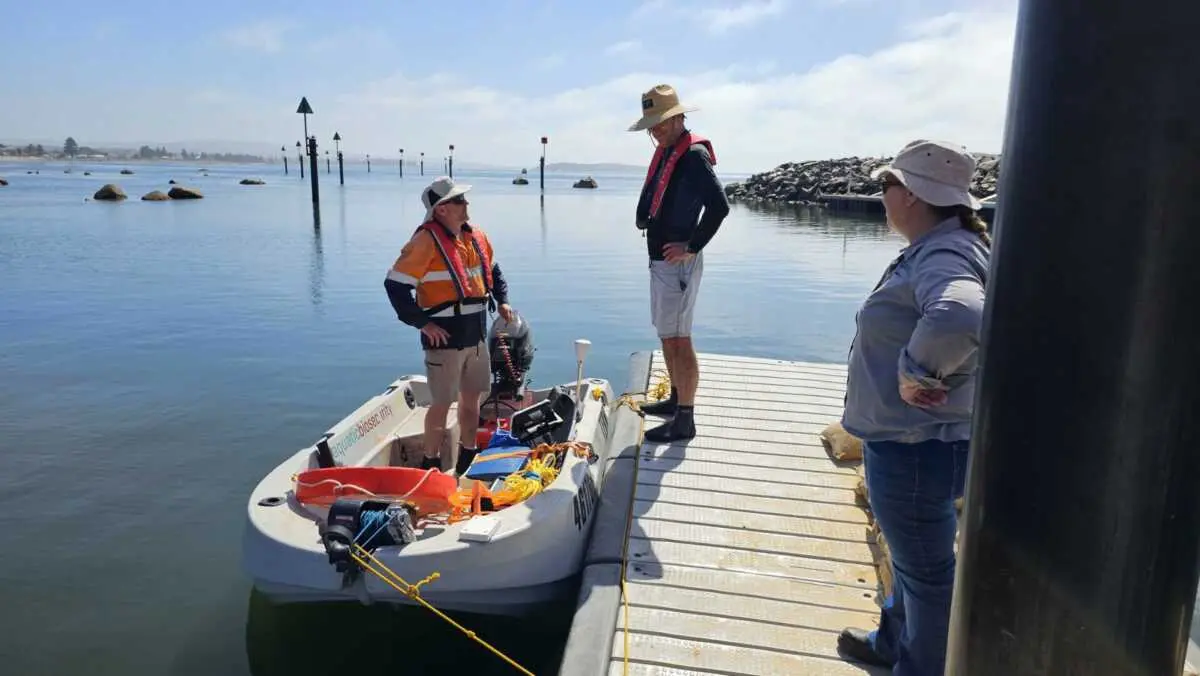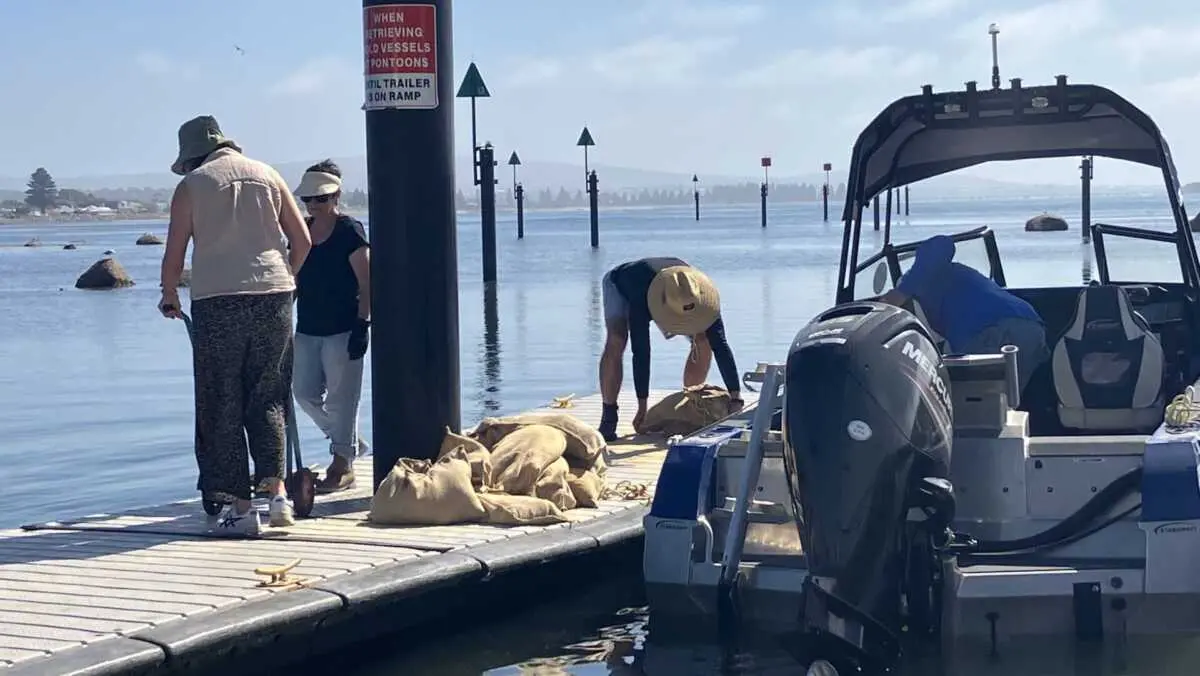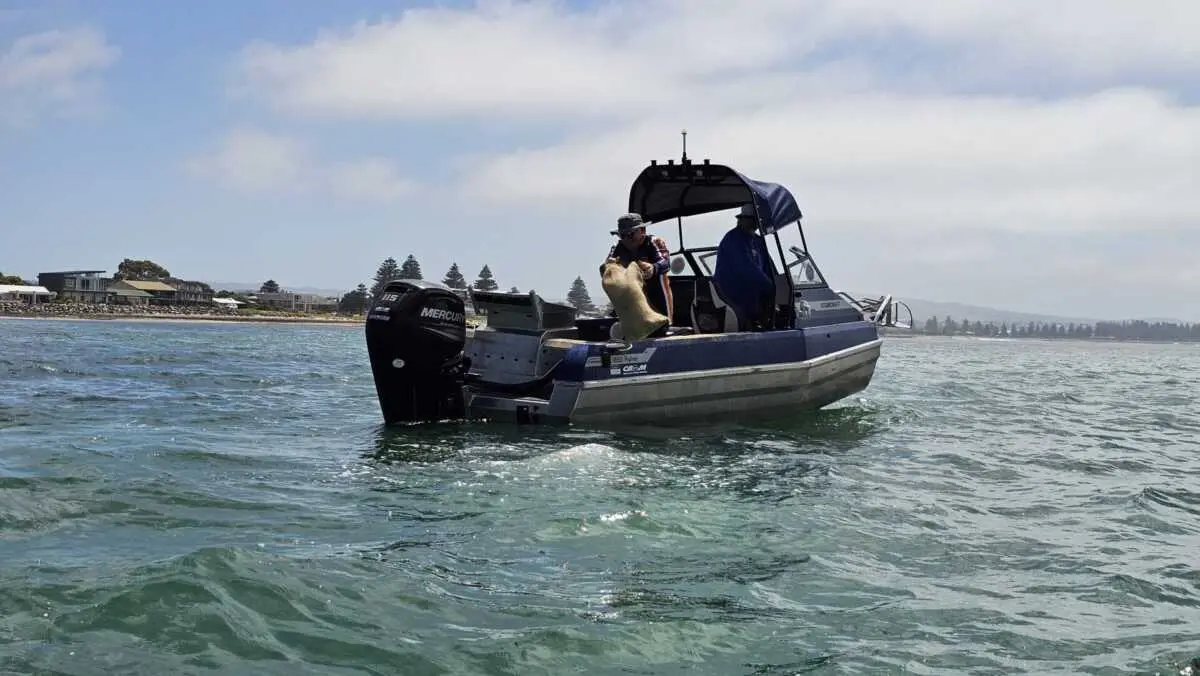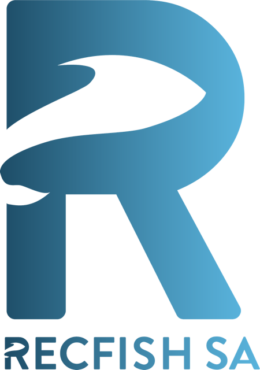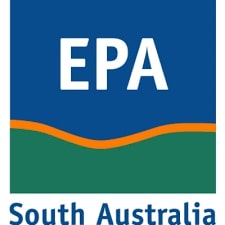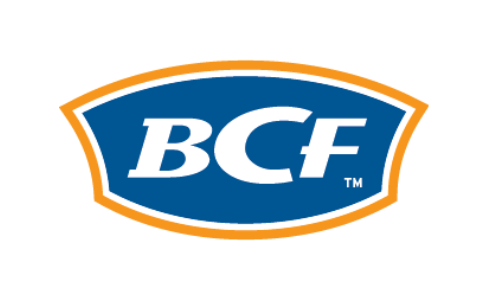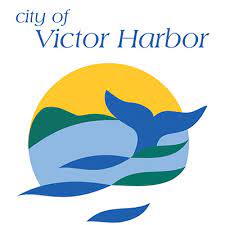Silver linings for Fleurieu seagrass restoration
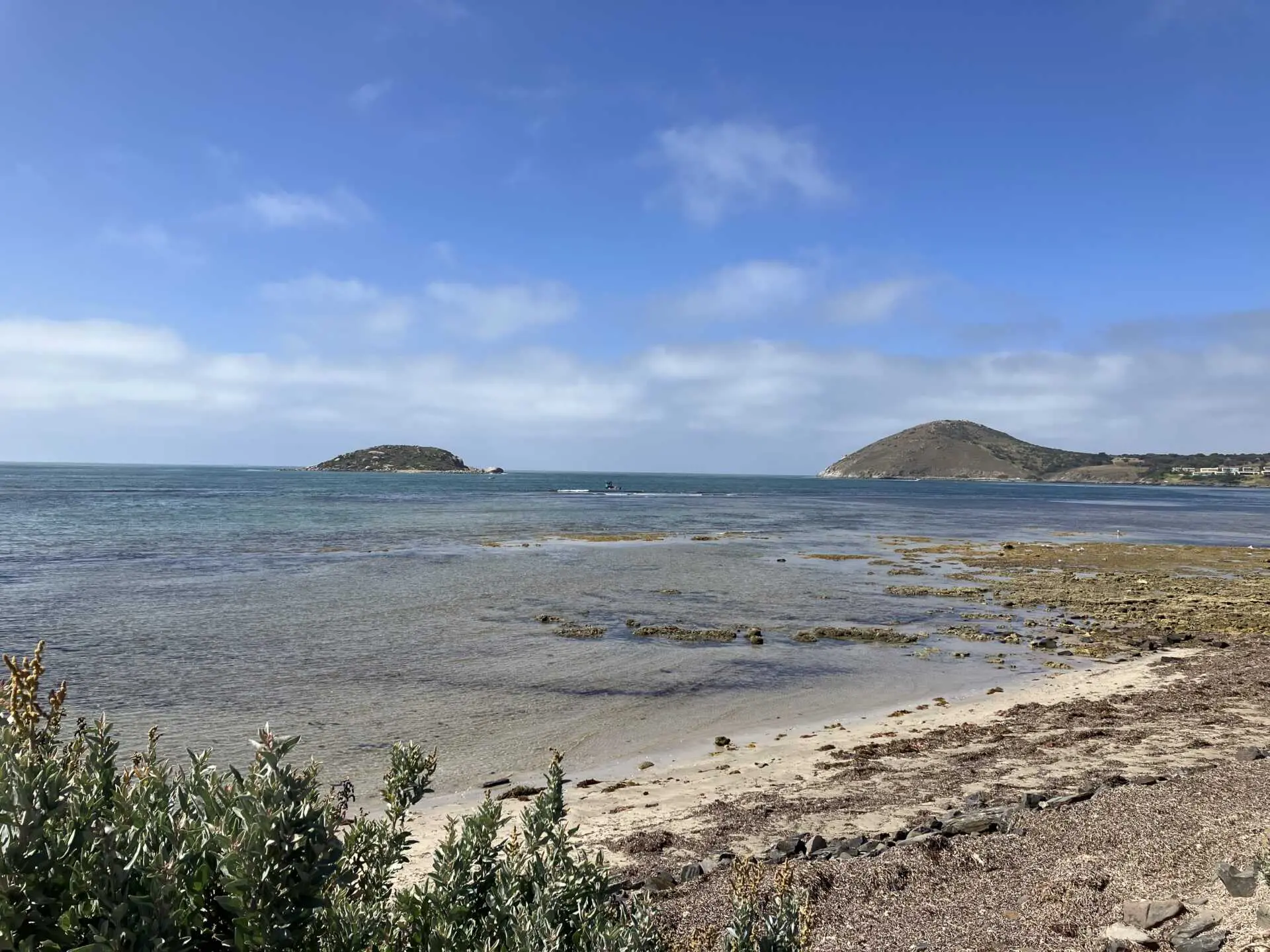
The seagrass season has wrapped for South Australia’s Fleurieu Peninsula region, and despite the fruit missing the memo this year, plenty of progress has been made in bringing science and community together.
After a bumper season in 2022/23, volunteers were at the ready over the Christmas break, with all eyes on the peninsula’s beaches. Both OzFish staff and volunteers monitored the beds closely, however, due to unknown factors, no fruit washed ashore this year to be mustered into the waiting propagation tanks.
OzFish’s South Australian Program Manager Rachel Williams suggested that “determining what caused the seagrass to stop fruiting this year would be purely speculative” and suspects there could be a number of causes contributing to the missing seeds.
“All data is good data though and having volunteers report their findings (or lack of) helps inform future restoration initiatives.”
Always striving to make the most of any situation, the Fleurieu crew has united, directing their efforts toward refining the process for the upcoming 2024/25 season.
On Monday February 12, volunteers put their effort into placing the pre-made sandbags that would have housed the seeds around South Australia’s oldest shipwreck, the ‘South Australian’. The bags will help preserve the wreck and even potentially act as a suitable substrate for seagrass to colonise in the future. They will also help the team gather information on how long the sandbags last in areas of higher wave activity, and if they stay in place, helping to inform future seagrass restoration projects.
Mother Nature, not always playing nicely, has presented this Ozfish crew with an unexpected curveball this season. However, in the face of a little adversity, the Fleurieu crew persists, turning setbacks into stepping stones for a more resilient and informed approach in the seasons to come.

